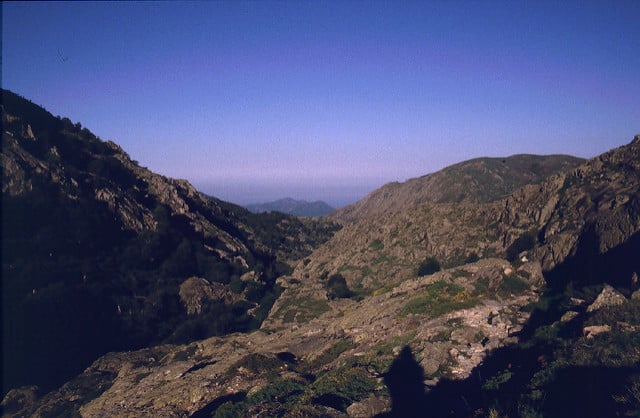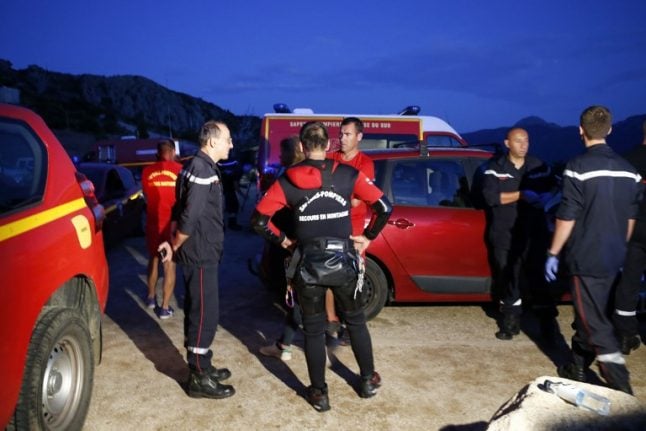The dead included a father and his young daughter as well as their guide, local prosecutor Eric Bouillard said. One of those killed was yet to be identified.
The body of the fifth victim, a 22-year-old woman, was found on Thursday morning 150 meters downstream from where the bodies of the first four victims were discovered.
Two others belonging to the same group managed to escape.
Colonel Bruno Maestracci, who is in charge of coordinating research, told France Info in the early hours of the morning that it was a question of “checking every pool of water to find the missing person”.
Bouillard said a group of 12 people plus their guide had been walking and canyoning along the Zoicu canyon in the region of Soccia, famous for its natural ravines and waterfalls, when some members were overwhelmed by a sudden rush of water on an abseiling descent.
“When the group got into difficulty, at first two people gave up, then four more,” he said.
The remaining seven continued their descent and were surprised by a large wave.
“This wave — we are talking about three metres (10 feet) high — overwhelmed them and carried them away,” he said.
Two — a man and his 16-year-old son — were rescued with a rope while five were washed away.
The search for the last missing person will resume Thursday after being called off overnight as darkness fell.
The flash flood is believed to have been caused by mountain storms, which have unleashed heavy rainfalls in recent days.
The Zoicu canyon is considered one of the most beautiful in Corsica but parts of it are only accessible with specialised canyoning equipment.
 (Photo: Marcel Blok/Flickr)
(Photo: Marcel Blok/Flickr)



 Please whitelist us to continue reading.
Please whitelist us to continue reading.
Member comments